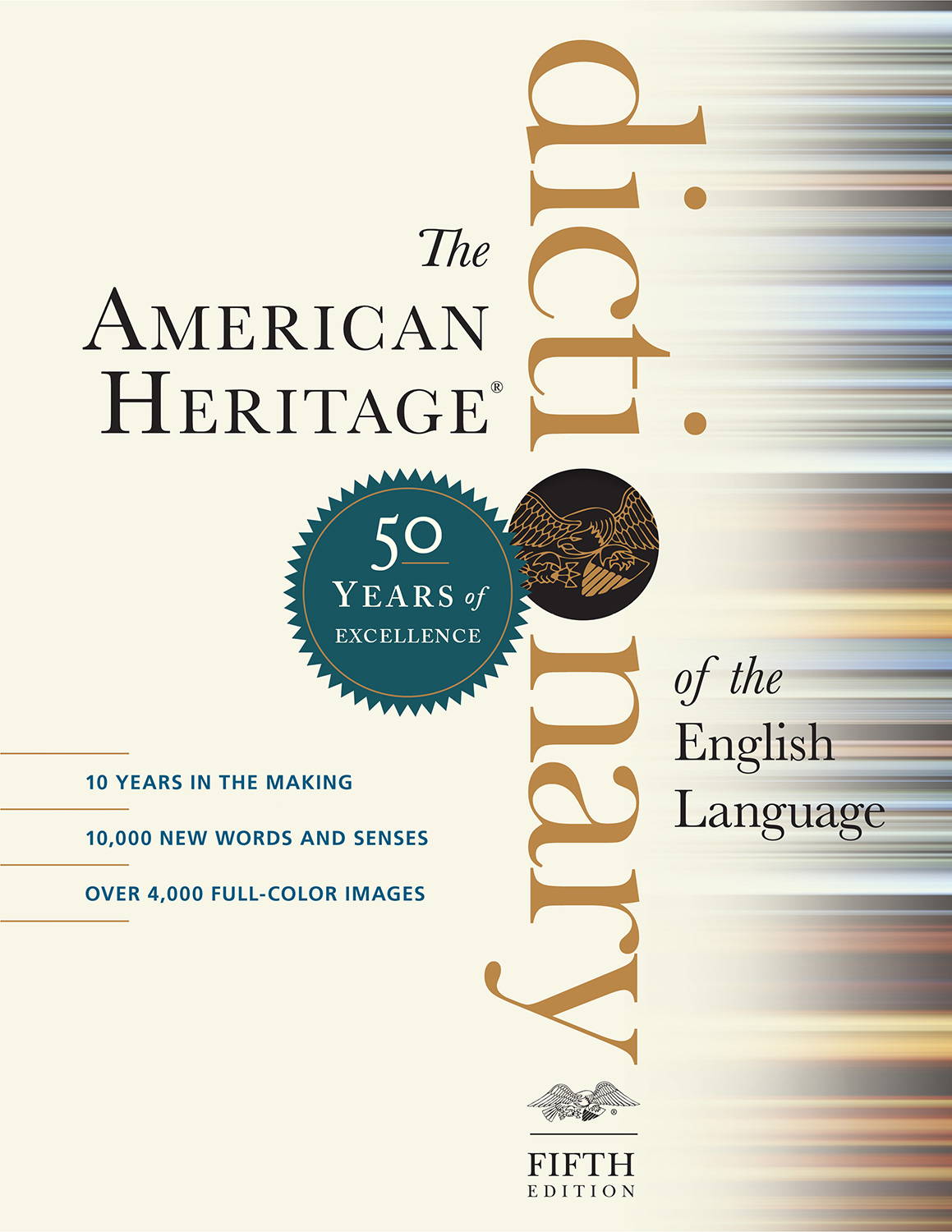n. 1. A sharp point projecting in reverse direction to the main point of a weapon or tool, as on an arrow or fishhook. 2. A cutting remark. 3. Zoology A small, sharp point projecting in reverse direction from the tip, as on a porcupine quill or a bee sting. 4. Zoology One of the parallel filaments projecting from the main shaft of a feather. 5. Botany A short, sharp, reflexed bristle or hairlike projection. 6. See barbel1. 7. Any of various Old World freshwater fishes of the genera Barbus, Puntius, and related genera of the family Cyprinidae. 8. A linen covering for a woman's head, throat, and chin worn in medieval times. tr.v. barbed, barb·ing, barbs To provide or furnish with a barb. [Middle English barbe, from Old French, beard, from Latin barba; see bhardh-ā- in the Appendix of Indo-European roots.] |
The American Heritage® Dictionary of the English Language, Fifth Edition copyright ©2022 by HarperCollins Publishers. All rights reserved.
n. 1. A horse of a breed introduced by the Moors into Spain from northern Africa that has high withers and an arched neck and is known for its speed and endurance. 2. Any of a breed of domestic pigeon that has prominent wattles around the eyes. [French barbe, from Italian barbero, Berber, from Vulgar Latin *Barbaria, Barbary States, from Latin barbarus, barbarous; see BARBAROUS.] |
The American Heritage® Dictionary of the English Language, Fifth Edition copyright ©2022 by HarperCollins Publishers. All rights reserved.







